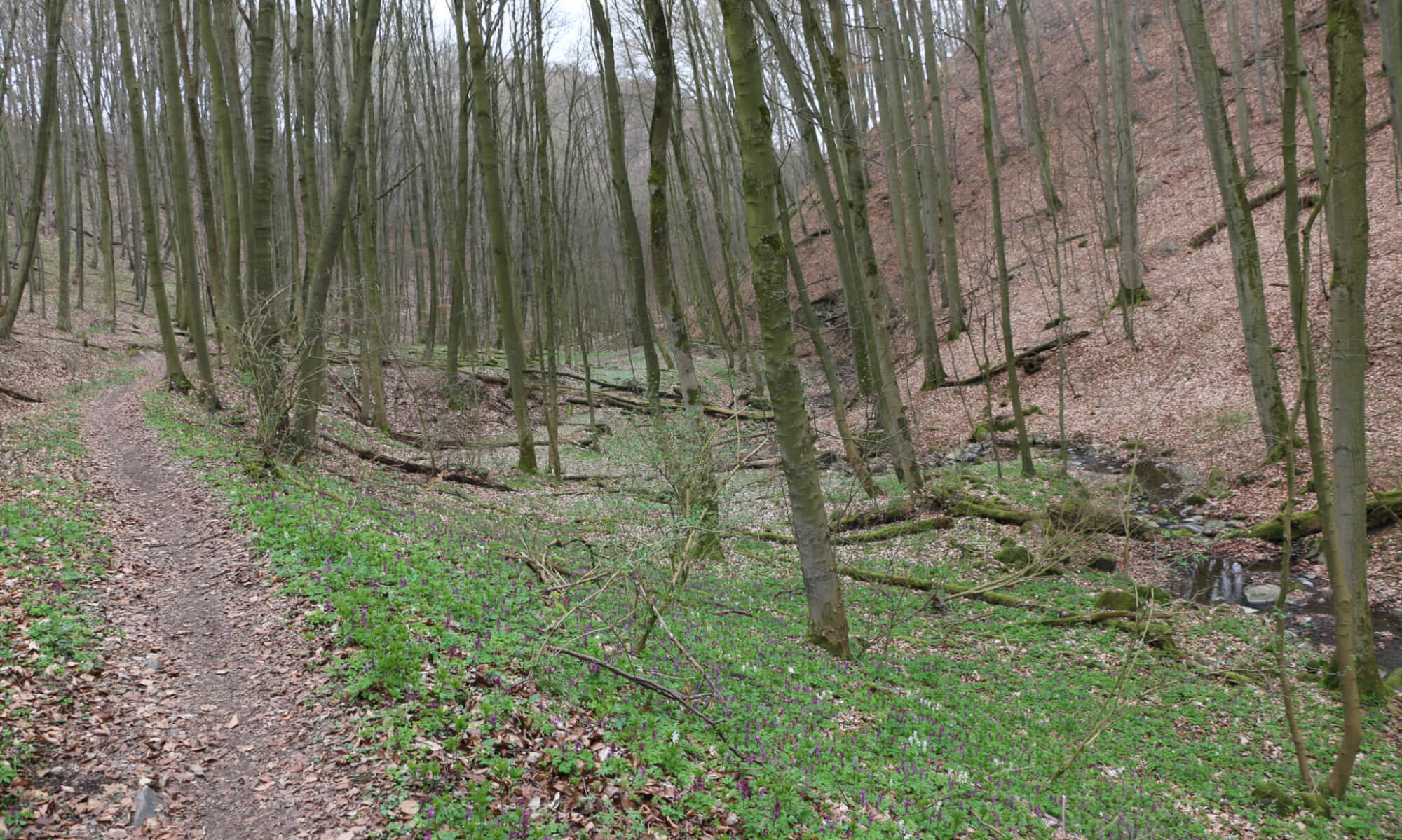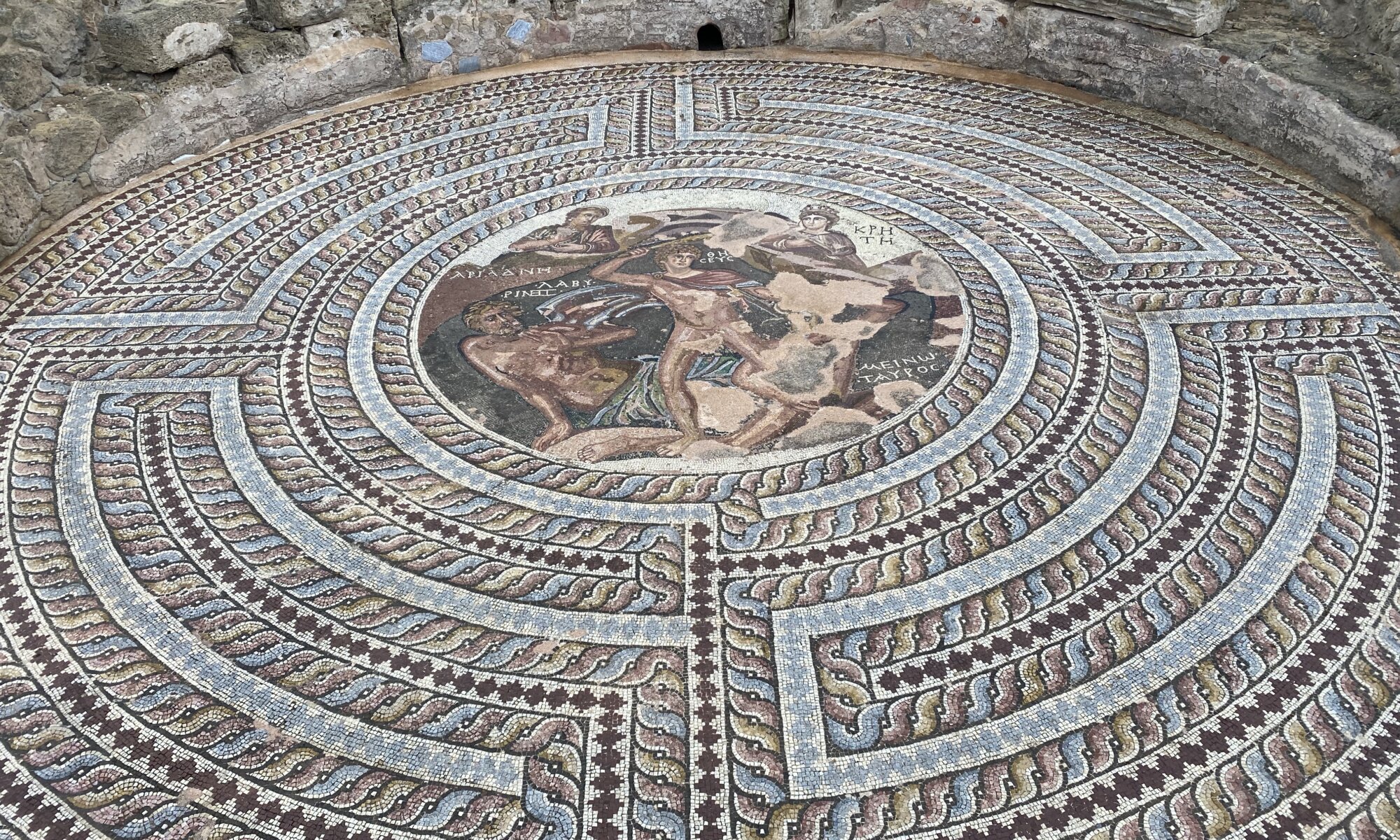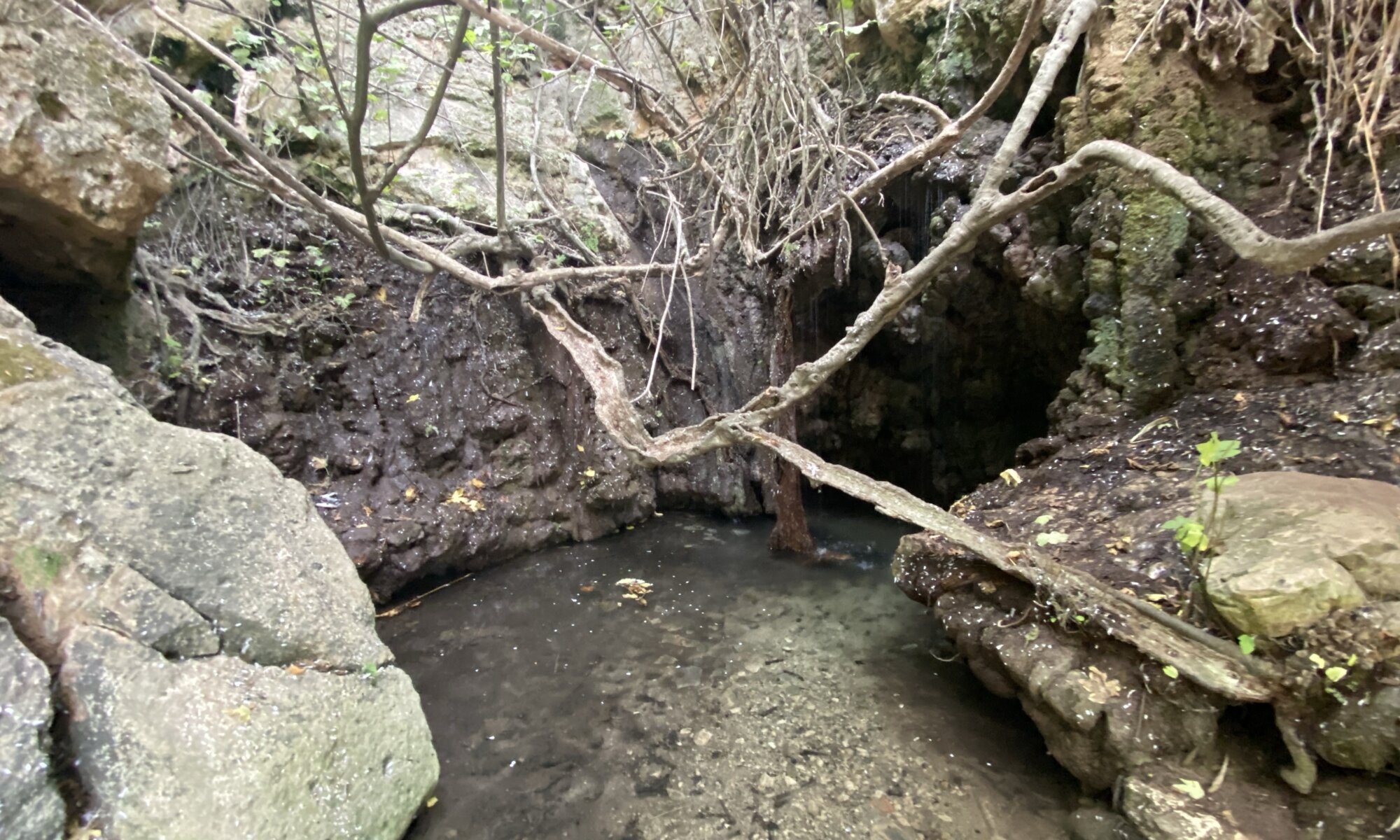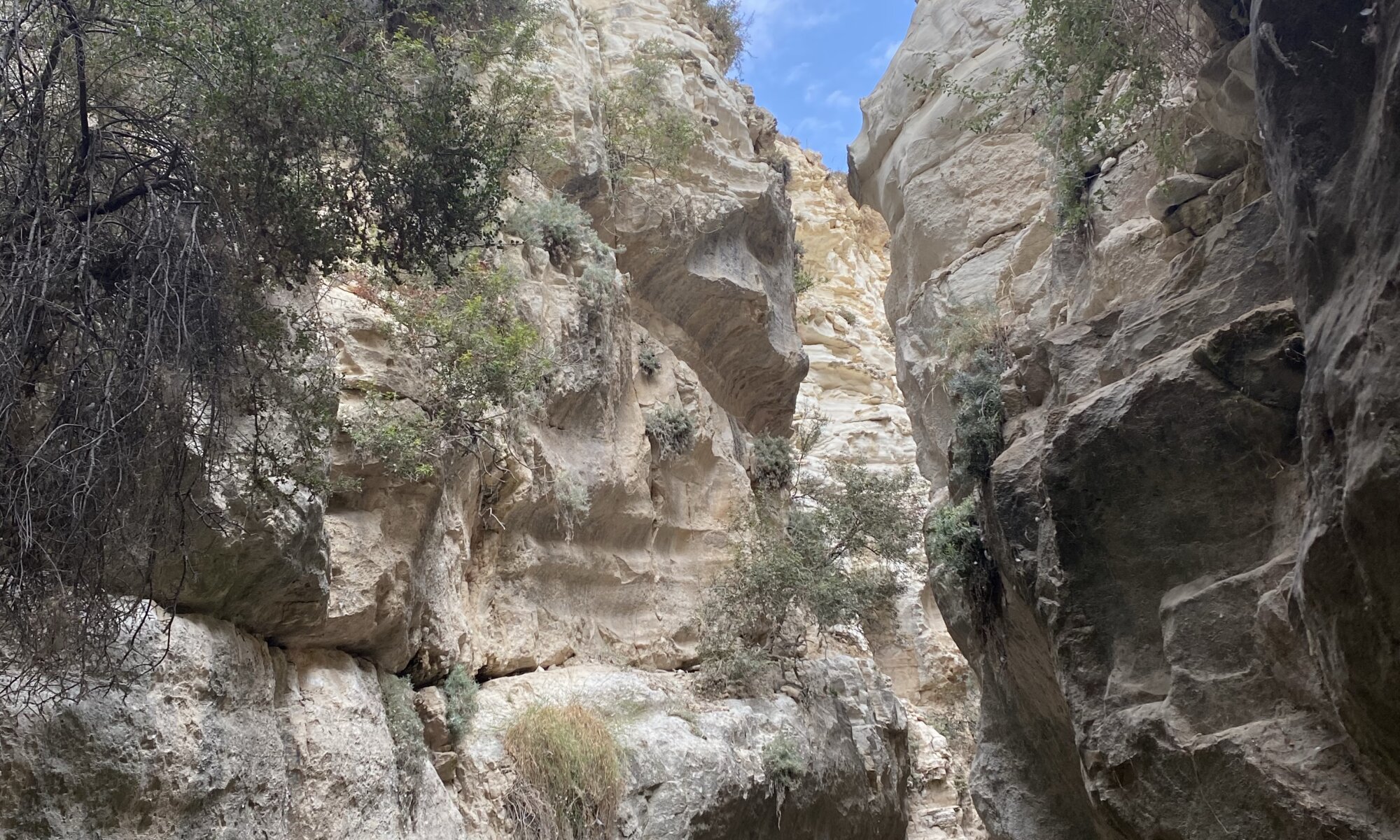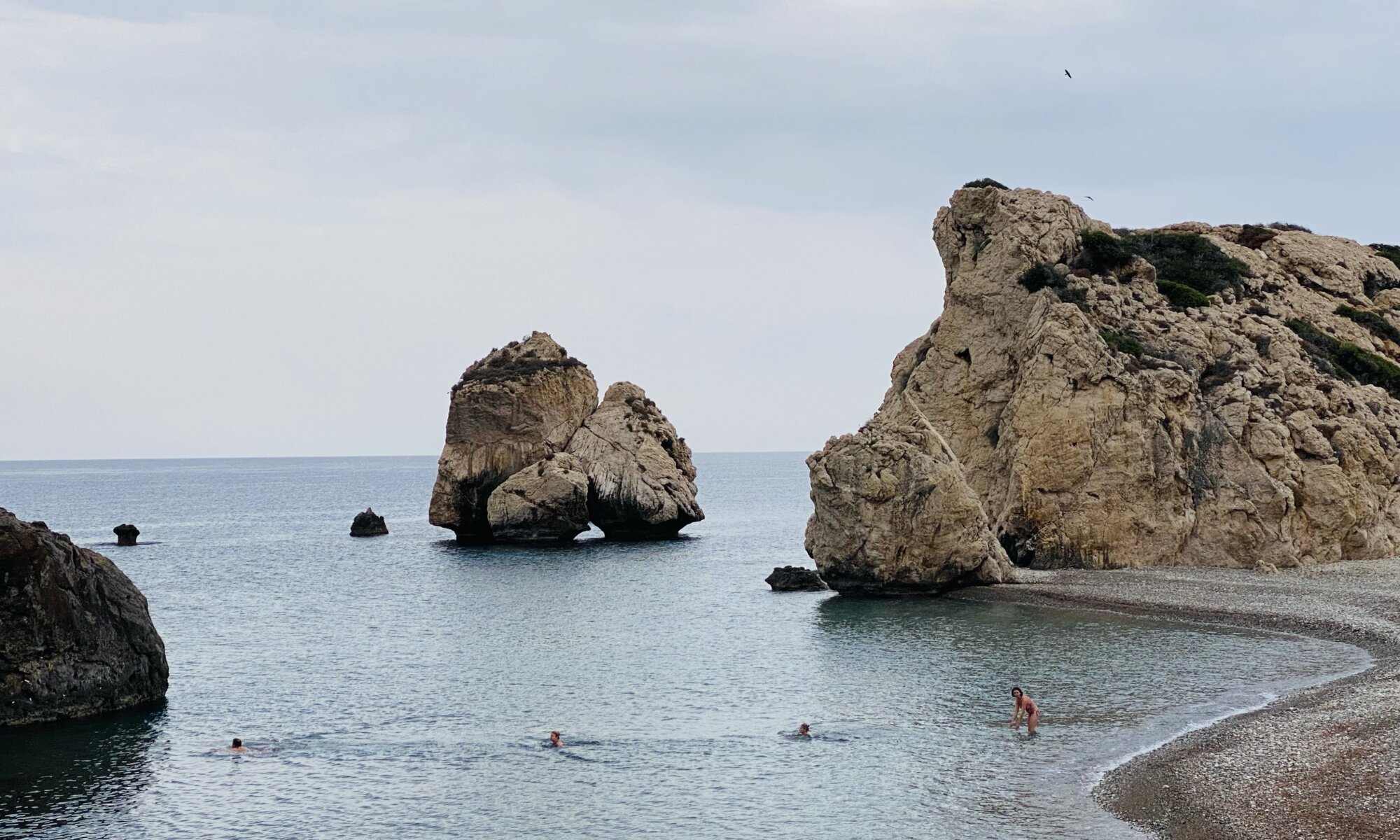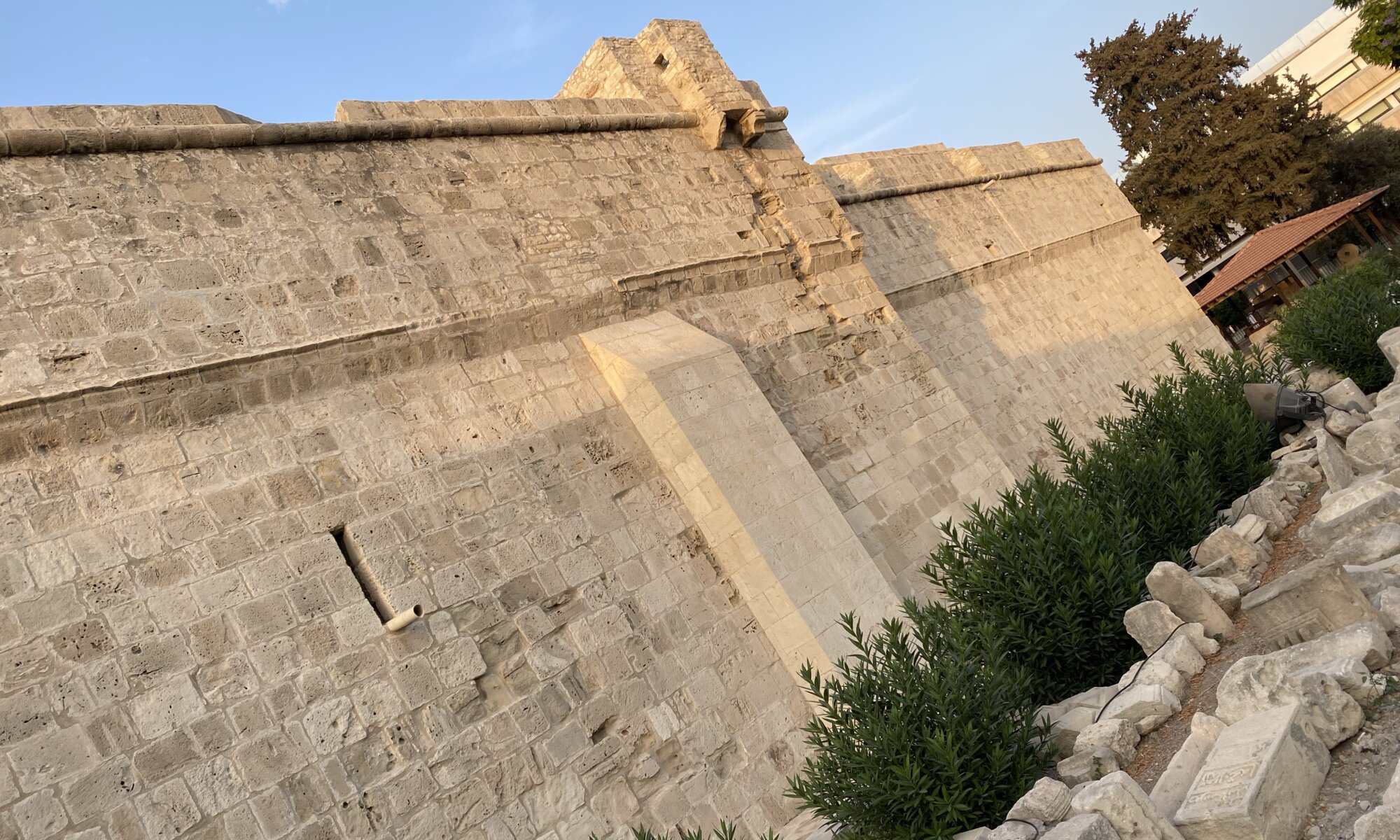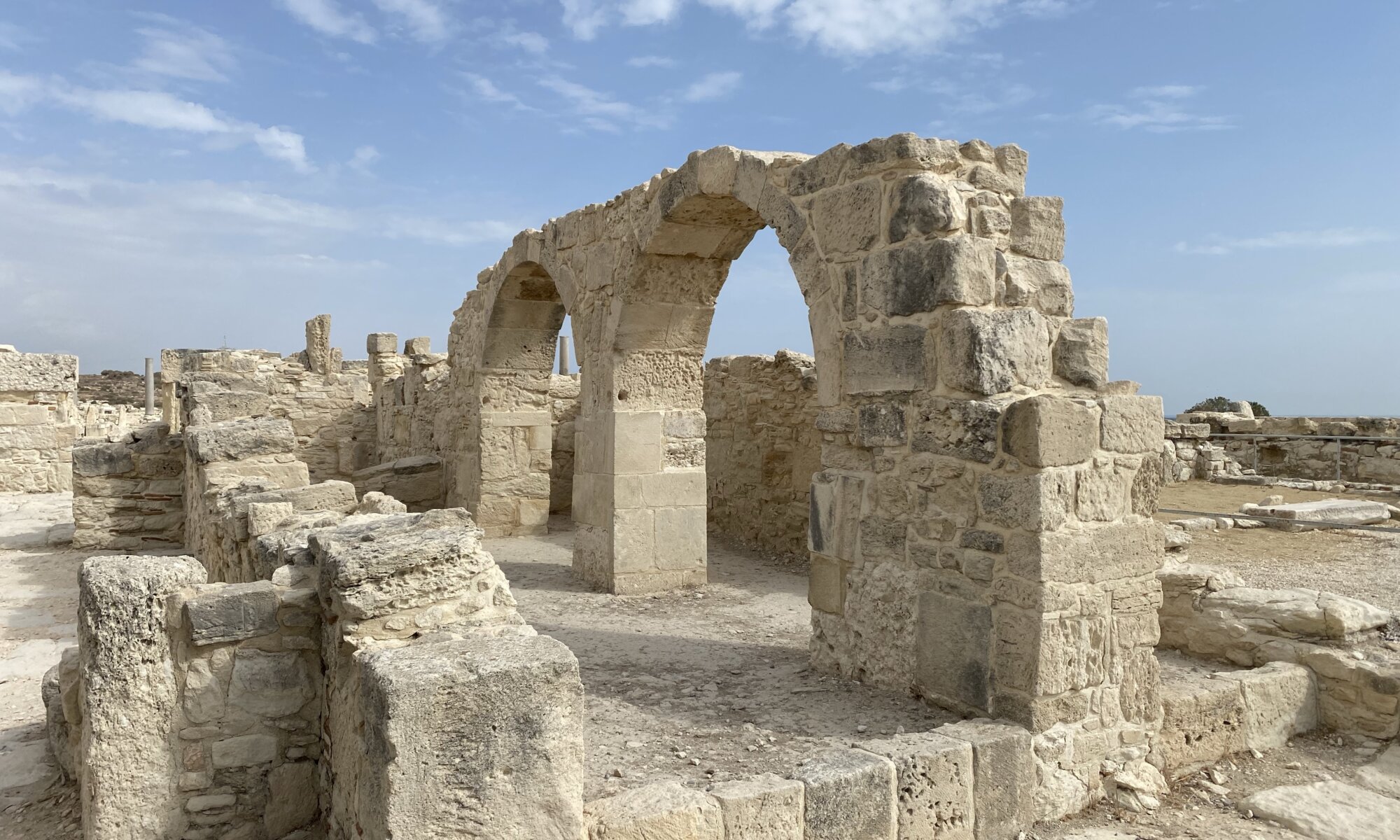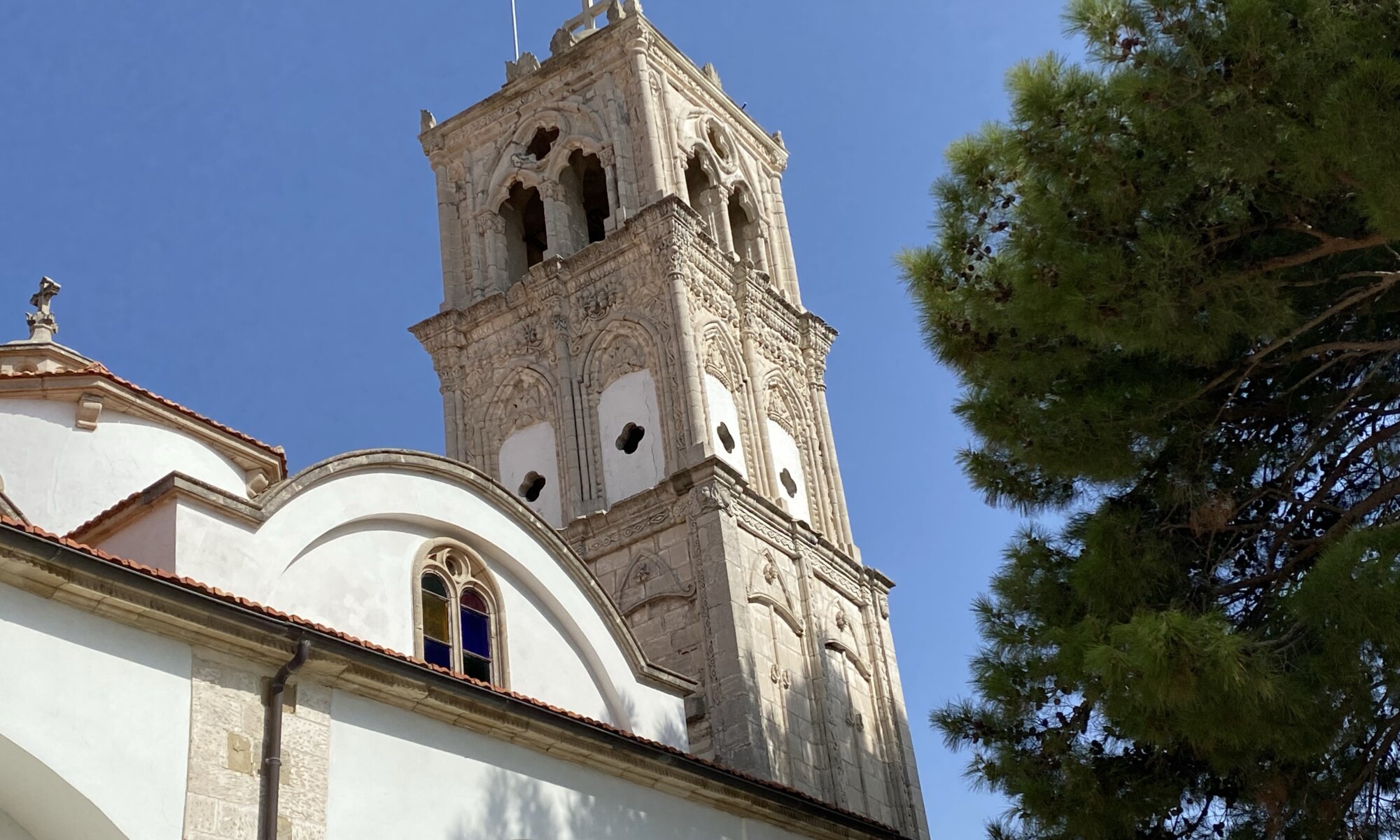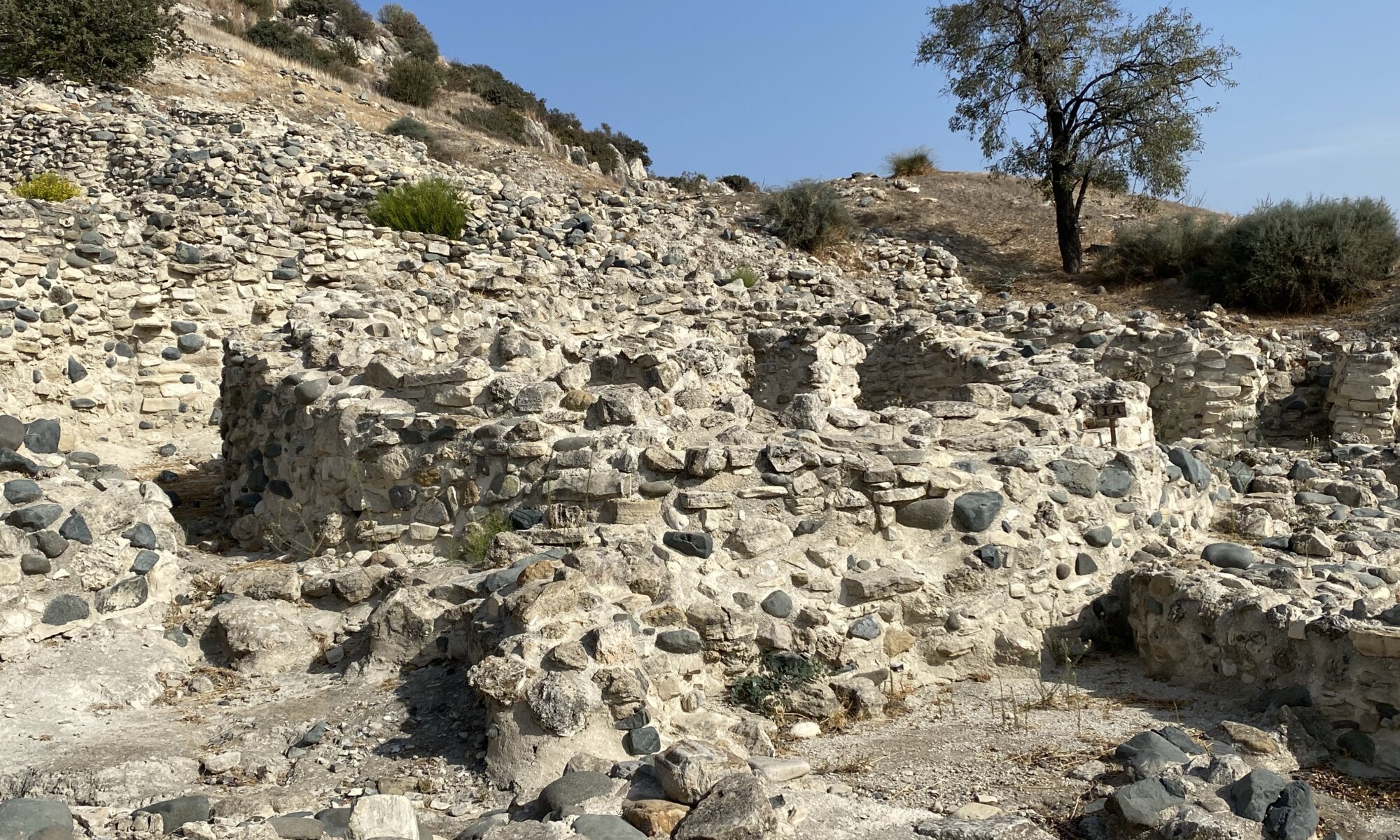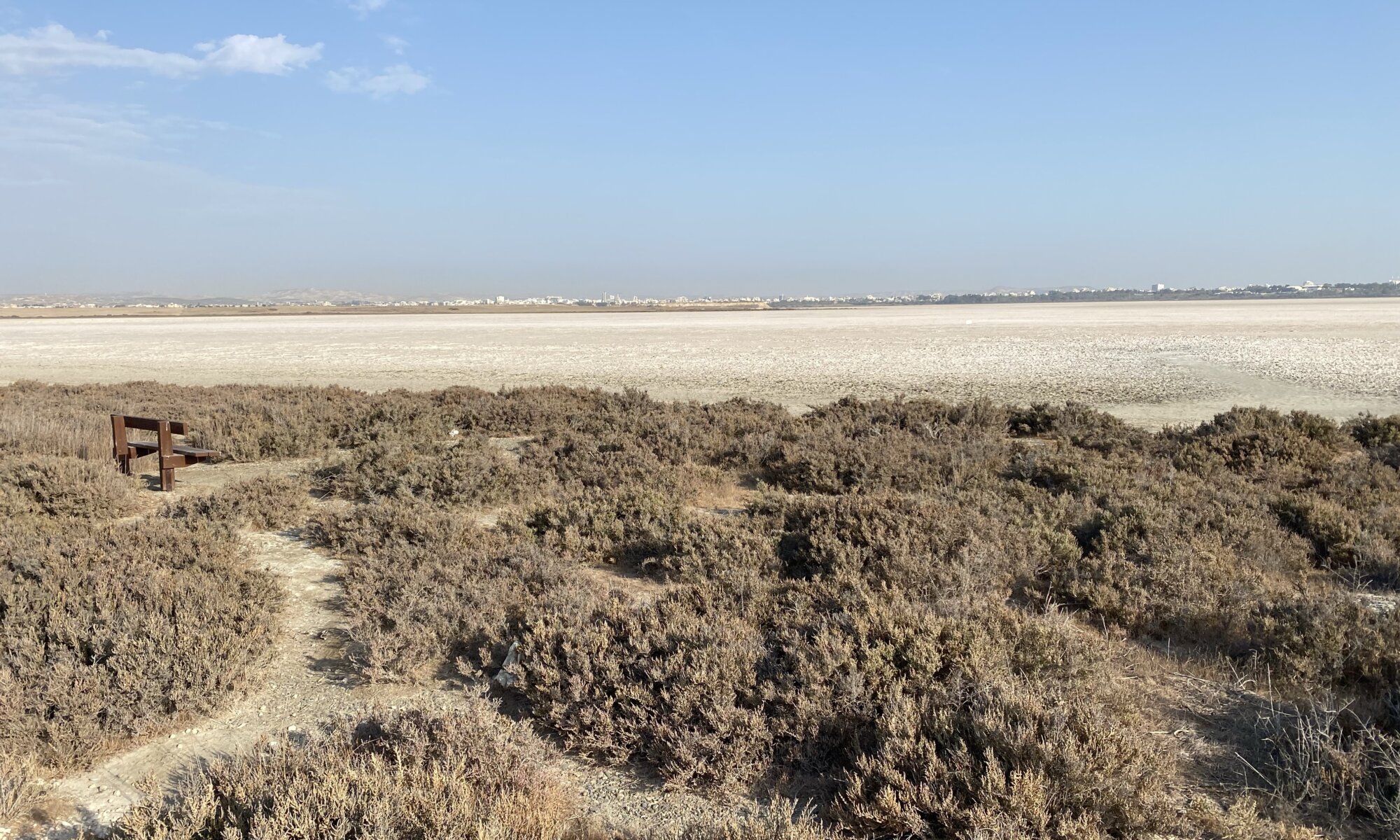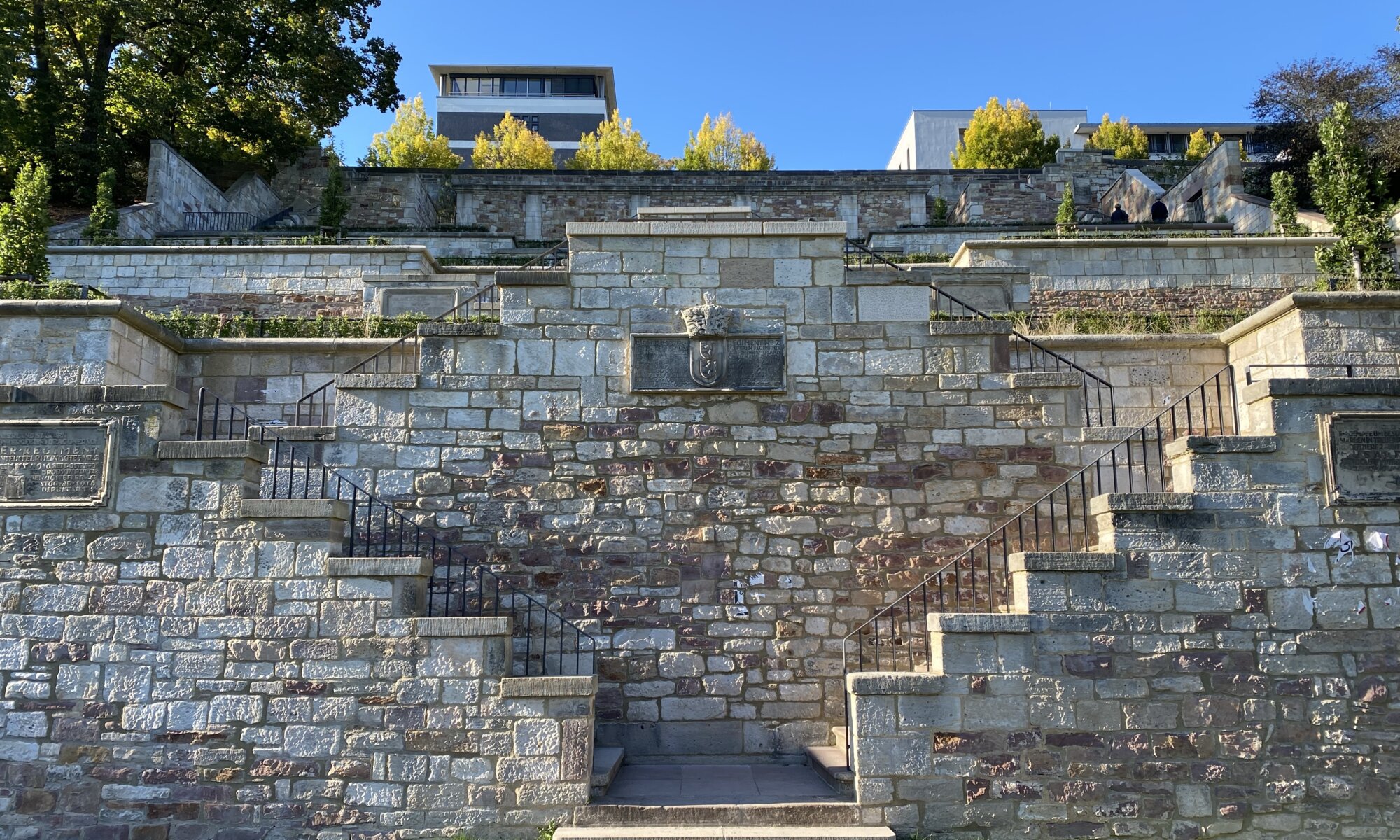The city of Πάφος is a vivid place and many people get here for their beach vacations. But the city also has a long history, and the most important site is the archaeological area of Nea Paphos next to the harbor. While Πάφος was already founded in the 4th century BCE this UNESCO world heritage site lets you explore Roman villas from the 2nd and 3rd century CE.
Continue reading “Amazing mosaics”Secret pond
The Akámas peninsula is the northwestern end of Cyprus is covered by beautiful nature and protected as a national park. You can best discover it by hiking. In the last years, many people switched to renting quads and disturb the peace and quietness of this are. An alternative is to discover the northern shore by car and a lot of visitors decide to visit the Baths of Aphrodite there.
Continue reading “Secret pond”Avakas gorge
It’s a natural wonder, a nice hike, and the chance to climb through a deep gorge: the Avakas gorge on the Akámas peninsula. The small river Avgás has cut deep into the mountain and the gorge is only four meters wide while the rocks above you are thirty meters high. It’s an absolute pleasure to walk through this area but you need good footwear, and you need to be ready to jump over water and to climb over rocks.
Continue reading “Avakas gorge”Aphrodite’s rock
Cyprus is the country of the ancient Greek goddess Aphrodite, the goddess of love, beauty, and sexuality. The inhabitants use this to market their country and you’ll find her name everywhere on the island. According to mythology, Cronus had cut off the genitals of his father Uranus (yes, a weird story) and thrown them into the water. And out of the foam of the waves came Aphrodite.
Continue reading “Aphrodite’s rock”Cœur de Lion
You might be a bit disappointed when you search for the castle of Λεμεσός: it is in the harbor area and three hundred meters away from the shore. And it looks just like a rectangular building without further fortifications. But inside you can visit the medieval museum of the city and the building itself is very well preserved. It was built in 1590 CE under Ottoman rule.
Continue reading “Cœur de Lion”Ancient city-state
If I would search for a place to create a city on Cyprus, I would probably decide for the area of Kourion, in the west of Λεμεσός: the views on the Mediterranean Sea are just breathtaking. Maybe that was also the reason why the city-state of Kourion was created here in the 13th century BCE. Today you can discover manyfold Roman traces here: beautiful mosaics, an ancient theatre und Roman baths that have been heated by fire.
Continue reading “Ancient city-state”Narrow streets
Πάνω Λεύκαρα is a picturesque village in the mountains known for the craftwork and especially lace produced here. It also offers nice views on the mountains and a beautiful ancient church, the church of the Holy Cross. Strolling through the narrow streets of this village is nice, but the marketing of the community is so strong that sometimes large crowds of tourists are dropped off by buses. Just get a coffee somewhere and let them pass by.
Continue reading “Narrow streets”Neolithic village
Exploring Cyprus means looking at many old stones. The climate of the island and the rough, mountainous landscape made it possible. Halfway between Λάρνακα and Λεμεσός you can discover settlement structures used 8,000 years ago. In the Neolithic period people created the settlement Χοιροκoιτία with small round houses next to a river.
Continue reading “Neolithic village”Salt of the earth
Close to Λάρνακα you can find a large salt lake. During some months it is completely empty and you can walk on the salt (which was exported in former times) like in a moon-like landscape. In other times the lake is filled with water and gives a home to pink flamingos. You can walk around the lake on a nice path with many picnic areas.
Continue reading “Salt of the earth”Ehrenmal
War and remembering the victims of war is still today a controversial topic at Kassel. The city was in the past and is still today a center of weaponry production. In World War II it was therefore a target of massive attacks. Even today you can find the traces in vast air-raid shelters and in the face of the city: the historic city center never returned to its former beauty after it was completely burned down in the last world war. In different areas memorials can be found for the victims of war and especially the victims of fascism. The memorial for soldiers which died in both world wars was closed for renovations for many years and vandalized directly after reopening: the Ehrenmal at the Karlsaue.
Continue reading “Ehrenmal”